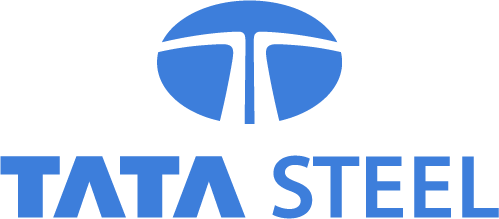Courier Software to Streamline Your Deliveries
Empower your customers with real-time visibility, notifications & estimated time of arrival. FarEye's Courier Delivery Software enables enterprises to reduce cost per order with its dynamic routing engine that increases the number of stops per hour & also allows more deliveries per stop.
Trusted by the World's Top Brands
Complete Order-To-Door Courier Management Solution For CEP Enterprises



Courier Management Software:The FarEye Difference
Dynamic Routing & Loop Optimization
FarEye's ML algorithms use real-time data like traffic and weather for route optimization, ensuring efficient paths for drivers, reducing travel time, and saving fuel. Its loop optimization minimizes vehicle mileage by consolidating orders and planning routes to cut unnecessary detours, enhancing overall efficiency.


Enhance Customer Experience
Improve customer satisfaction with white-labeled tracking and proactive alerts for a fully branded experience. Enhance transparency, flexibility, and reliability across the delivery lifecycle with real-time visibility, communication, customization, and data insights, ensuring a superior and customer-focused logistics journey.
Achieve Sustainability Goals
Attain sustainability targets by meticulously monitoring carbon emissions for each delivery route. Analyze and refine emissions data to progress towards achieving carbon neutrality. By optimizing delivery routes, reducing fuel consumption, and promoting eco-friendly practices, FarEye is your partner of choice. The platform integrates with electric vehicle initiatives, tracks carbon emissions, and supports green packaging solutions.


Scalable & Agile BPM Platform
BPM continuously enhances processes for optimal efficiency, leading to cost savings and better resource use. With no-code/low code BPM, changes can be implemented quickly, making processes more agile compared to traditional methods in the industry


















